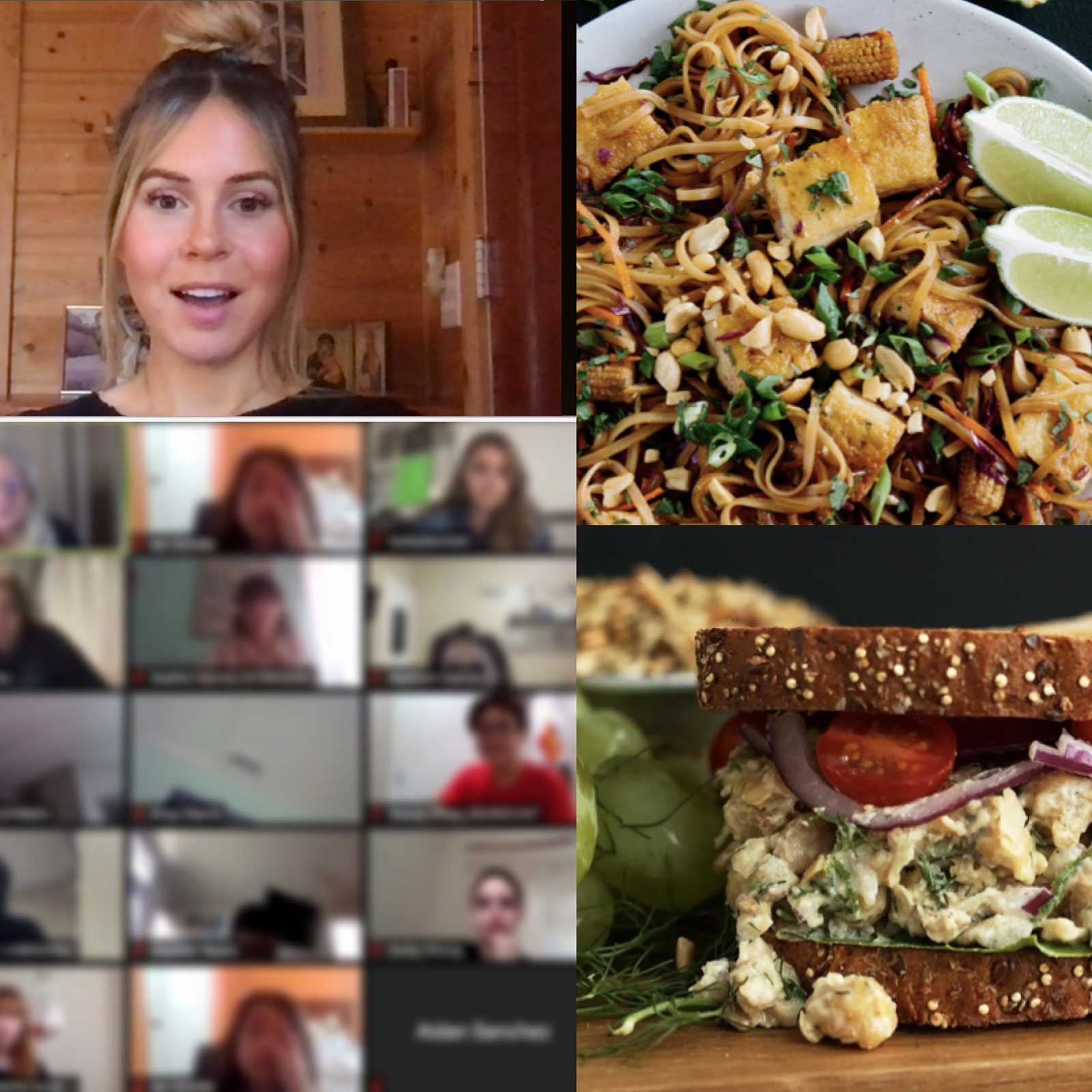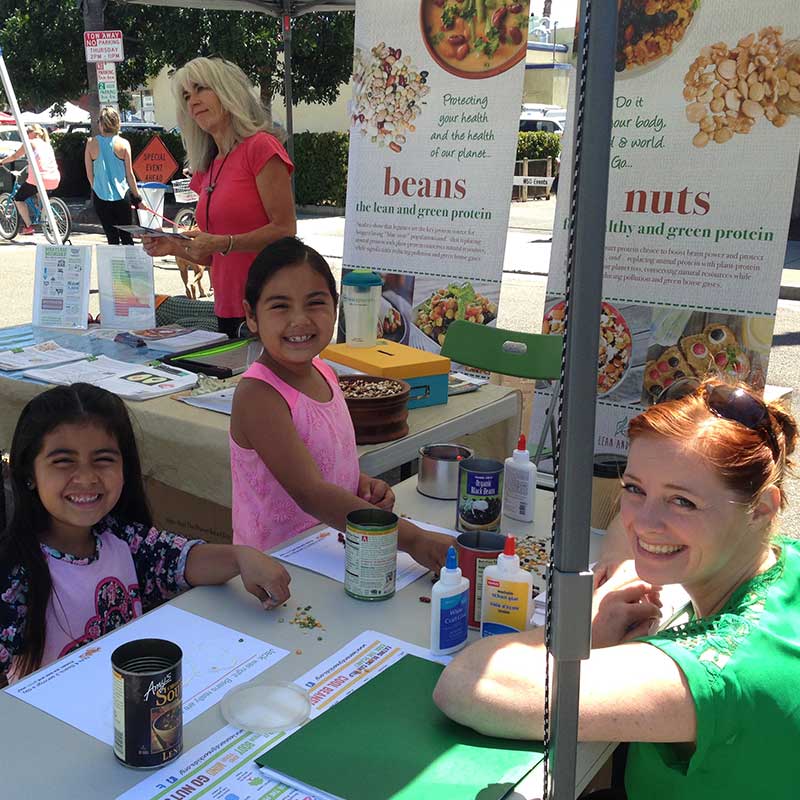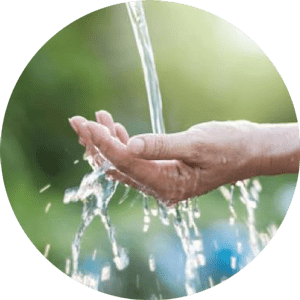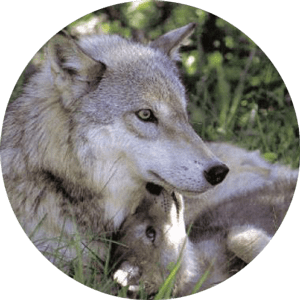

We envision a world where our youth thrive in a culture of health, environmental stewardship and ethical food systems. We are dedicated to helping students make conscientious food choices to participate in creating a healthier, greener and more socially just world. To accomplish our mission, we have three focus areas…

Our education programs and resources illustrate the importance of making informed and conscientious food choices for health and environmental protection. Our engaging and interactive presentations reach thousands of K-12 students annually, empowering the next generation to create a better world.

From earth festivals to school health fairs, we are encouraging individuals to embrace planet-friendly meals as an easy, effective and economical way to create a healthier, greener, and more socially just future.

HKHP has its roots in advocacy, sponsoring the first ever legislation (CA 2003, ACR 16) calling for healthier plant-based school lunches. We continue to advocate locally and statewide, for child nutrition policies that provide healthy and environmentally conscious menu options.

Conserve water, saving 750 gallons of water per day on average (two months of showering)! Over 50% of water consumed in the US is used for animal agriculture, depleting this precious resource from rivers and ancient aquifers.

Conserve land, making it possible to restore forests, rivers, and wildlife. 47% of US land is used for animal agriculture, destroying wildlife habitat and biodiversity. Even the lowest impact grass-fed meat required 36X more land to grow than bean protein.

Conserve energy, cutting your food carbon footprint by 50%! The deforestation, fertilizers, transport and other energy requirements to produce meat & dairy, make animal agriculture responsible for more greenhouse gases than all transportation combined.

Saving lives, sparing countless animals from the cruelties of industrial farming. We each have a role to play in drastically reducing the demand for meat if we are to end the injustices of industrial animal farms.



Our plant-based nutrition education programs and resources are currently reaching thousands of students in schools, empowering our youth to become change-makers of the future!
Outreach events at family-friendly community events have provided education for thousands of individuals and families with encouragement, recipes and resources. Our advocacy efforts have influenced policy at the local, state and federal levels, and we simply could not carry on this good food fight without your support!
We are so very grateful for your financial support. Healthy Kids Happy Planet is a 501(c)(3) non-profit and all donations are tax deductible. If you are interested in volunteering – awesome!
Contact barbara@healthykidshappyplanet.org
Sign up for our monthly newsletter to receive important updates, action items, plant-based recipes & more!